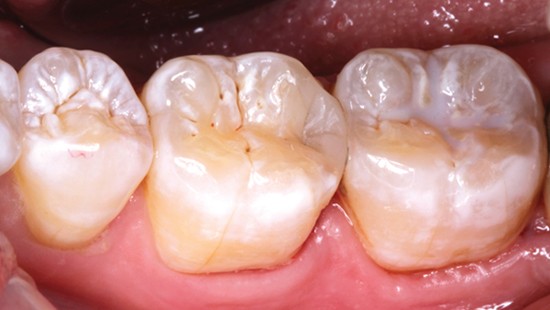Understanding The Basics Of Tooth Decay And Gum Disease

Tooth decay and gum disease affect many people around the world. You might not notice the signs until they become severe. Tooth decay starts with the destruction of enamel, leading to cavities. Meanwhile, gum disease begins with inflammation and can cause tooth loss if untreated. You can avoid these issues by understanding their basics. Regular check-ups with your dentist in Redmond, WA, play a crucial role in maintaining your oral health. They can spot early signs of decay and gum disease, ensuring timely intervention. Brushing twice daily, flossing, and using mouthwash help prevent these dental problems. A healthy diet reduces sugar intake, which is essential in combating decay. Awareness and preventive measures are key. By taking proactive steps, you protect your teeth and gums from further damage. Remember, small changes in your daily routine can lead to significant improvements in your dental health.
How Tooth Decay Develops
Tooth decay begins with the build-up of plaque. This sticky film forms on your teeth when sugars from food and drink mix with bacteria in your mouth. If not removed, plaque produces acids that erode enamel. Without intervention, cavities form, leading to further damage. You might feel sensitivity or pain, signaling the need for prompt dental care. Protecting your enamel through regular cleaning is crucial.
The Stages of Gum Disease
Gum disease, or periodontal disease, starts as gingivitis. At this stage, gums might swell and bleed easily. Without treatment, it can progress to periodontitis. This severe stage can damage the soft tissue and bone supporting your teeth, leading to tooth loss. Early detection is essential. Regular dental visits help catch gum problems before they advance. Understanding these stages helps you take prompt action to protect your gums.
Prevention and Care
Effective oral hygiene practices are your best defense against tooth decay and gum disease. Here’s a straightforward routine to follow:
- Brush twice daily with fluoride toothpaste.
- Floss daily to remove food particles between teeth.
- Use mouthwash for an extra layer of protection.
- Eat a balanced diet low in sugars and high in nutrients.
- Visit your dentist regularly for professional cleanings and check-ups.
Adopting these habits not only protects your teeth and gums but also enhances your overall well-being.
Comparison Table: Tooth Decay vs. Gum Disease
| Aspect | Tooth Decay | Gum Disease |
|---|---|---|
| Initial Cause | Plaque and acids | Plaque buildup |
| Early Signs | Sensitivity, pain | Swollen, bleeding gums |
| Advanced Stage | Cavities | Periodontitis, tooth loss |
| Prevention | Brushing, flossing, diet | Regular cleanings, oral hygiene |
The Importance of Professional Guidance
Despite good practices, professional dental care is necessary. Your dentist not only treats existing issues but also provides guidance on preventing future problems. They offer personalized advice tailored to your specific needs. Regular visits ensure early detection and treatment of any dental issues, preserving your smile and health. The Centers for Disease Control and Prevention provides valuable insights on maintaining dental health through expert advice and research.
Conclusion
Understanding the basics of tooth decay and gum disease empowers you to take control of your dental health. Simple, consistent practices combined with professional care offer the best protection. Begin by making small adjustments to your daily routine, and regularly consult with your dentist. These steps lead to a healthier mouth and contribute significantly to your overall quality of life.





